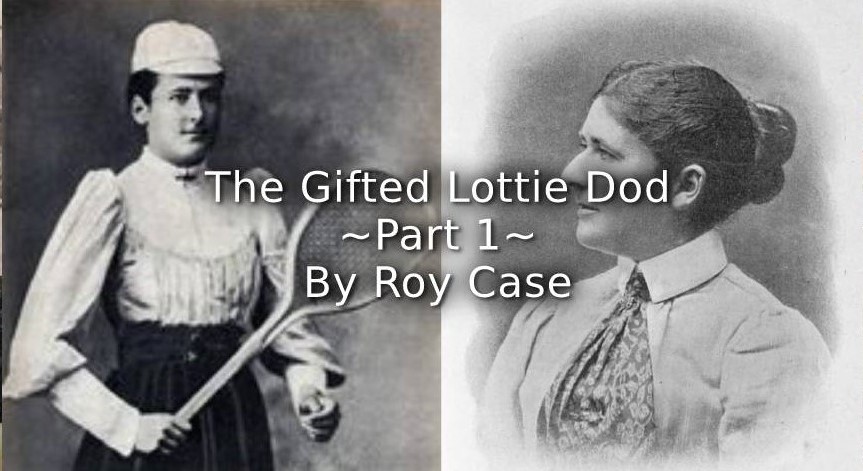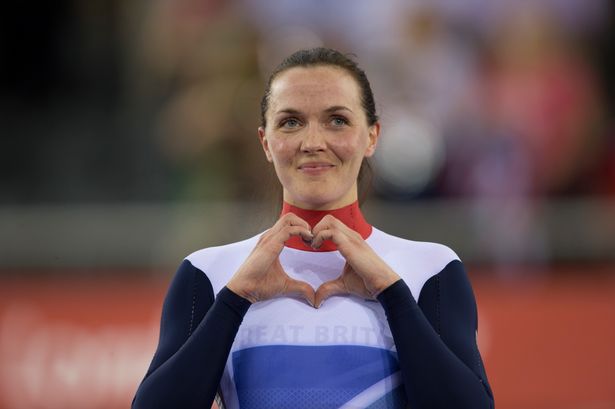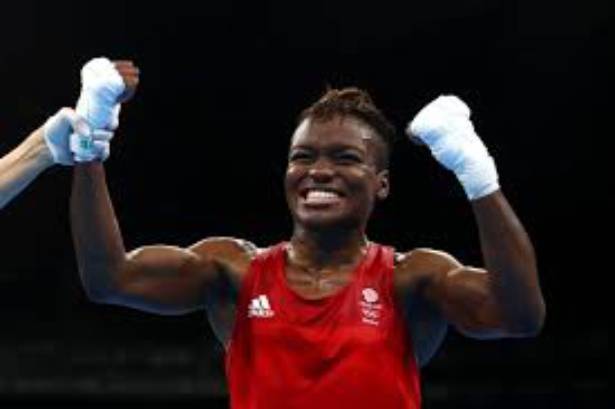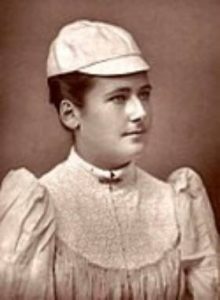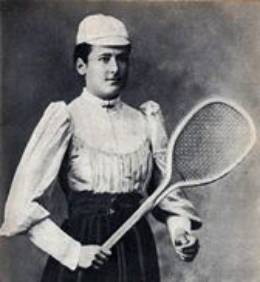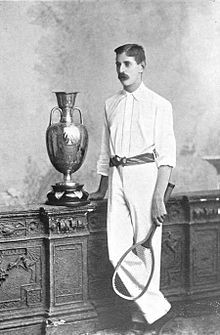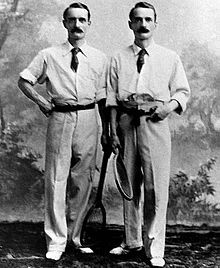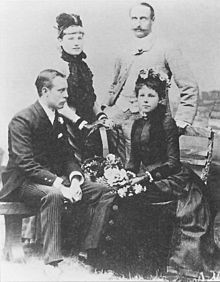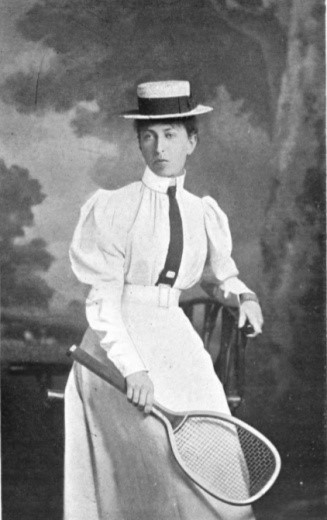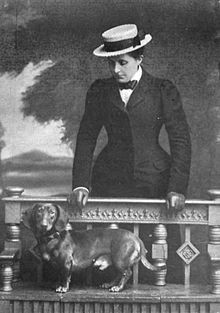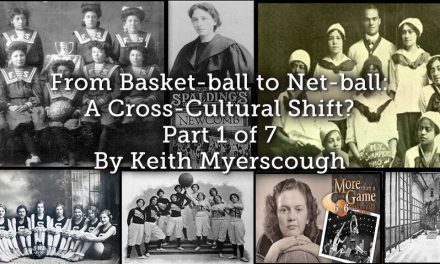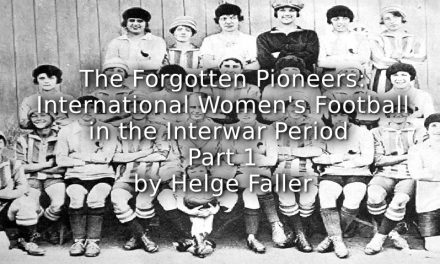In recent years the development of women’s sport has sustained an exceptional period of excellence on the world stage. With many of Britain’s leading sportswomen exhibiting the strength and determination demanded to become a sporting legend of today. None more so than those who fulfilled their dreams in the 2012 London Olympics, when they competed alongside a total of 10,500 athletes in 302 events, from 26 different sports. Collecting for the British Women’s Team a total of 50 medals, including 17 gold, and adding their names to Olympian history.
- Jess Ennis
- Victoria Pendleton
- Jade Jones
- Rebecca Adlington
- Nicola Adams
Women like Jessica Ennis who stormed to victory and a gold medal in the heptathlon, and Victoria Pendleton who scooped up gold in a thrilling ride in the Kierin at the Olympic velopark, then adding a silver medal to her haul in the women’s individual sprint, the final race of her twenty-year career as a professional cyclist. While unable to match the pair of gold medals she won in Beijing in 2008, Rebecca Adlington, was justifiably proud of the bronze medals she collected for the 400 and 800 metre freestyle swimming. The effervescent Nicola Adams, sparkled on her way to gold in the women’s flyweight boxing. And Jade Jones rewarded Wales with the first Olympic gold medal in the Taekwondo lightweight category.
The England women’s national football team qualified for the FIFA Women’s World Cup semi-final in 2019, succumbing to the reigning World and Olympic Champions, the eventual tournament winners, the United States of America, in a thrilling match in Lyon in front of an enthusiastic crowd of 50,000 spectators. Meanwhile, the England women’s cricket team, which won the coveted BBC Sports Personality Team of the Year Award in 2017, continues to grow from strength to strength. In its early years Betty Archdale led England team, which played its part in the first Women’s Test series, defeating the host nation Australia 2-0 in a series of three Tests in the summer of 1934-1935
The sensational American teenage tennis star, Codi ‘Coco’ Gauff, who obtained her entry into the 2019 Wimbledon Championships on a ‘wildcard’ invitation, captivated the crowds with her dynamic displays of tennis, before going out in the third round of the singles championship in straight sets to the Romanian former world number one, Simona Halep. Codi, who began playing tennis at the age of eight, became the youngest player to qualify for the Wimbledon draw since the Open era of 1968, at the age of 15 years and 122 days.
- Codi ‘Coco’ Gauff
- Charlotte ‘Lottie’ Dod
TENNIS
As in life, there are those in sport who have gone before, paving the way for future champions to mature and rise to fame. One such remarkable English sports-woman may arguably have surpassed them all. Perhaps best known for her prowess as a tennis player, Charlotte ‘Lottie’ Dod [1871-1960], won the first of five Wimbledon Ladies Singles Championships in 1887, at the age of fifteen years and 285 days [1887,1888,1891,1892,1893]. And remains the youngest ever ladies’ singles champion, although the former Swiss professional, Martina Hingis, was three days younger than Lottie when she won the Wimbledon Women’s Doubles title in 1996, paired with Helena Suková [Czech Republic], who put out the defending champions Jana Novotná [Czech Republic] and Arántxa Sánchez Vicario [Spain] in the quarter finals, and defeated Meredith McGrath [USA] and Larisa Savchenko-Neiland [Ukraine] in the final, 5–7,7–5,6-1.
The first ‘Wimbledon’ tennis championship was held at the All England Croquet and Lawn Tennis Club in 1877. Founded in 1868, the All England Croquet Club introduced lawn tennis in 1875, to compensate for the waning interest in croquet. The club decided it would organise a tennis tournament to pay for the repair of its pony roller, which was used to maintain the lawns. It would later become recognised as the first Grand Slam tournament, and the world’s first official lawn tennis tournament. At the time, the only event of the championship was a Gentlemen’s Singles competition, contested on grass courts by twenty-two players, each paying the sum of one guinea [£1.1shilling] entry fee. The final, which was delayed for three days by rain, was played in front of a crowd of around 200 people, who in turn paid an admission fee of one shilling [5 pence].
Born in the small town of Bebington in 1871, east of the Wirral Peninsula in Cheshire, Lottie was the youngest of four children to Joseph and Margaret Dod. Their father Joseph, made a fortune in the cotton trade, and was sufficiently wealthy that each of his children received a private education. As a child Lottie played the piano and banjo, and was a member of a local choir. Both Lottie and her brother Willy, excelled at sport, and never had to work to earn a living. Willy won gold in archery at the 1908 Summer Olympic Games in London, which were originally scheduled to be held in Rome, but were relocated following the ruinous eruption of Mount Vesuvius in 1906. Lottie also had a sister, Annie, who was a good tennis player, golfer, ice skater and billiards player, and another brother, Tony, who was a regional level archer and a chess and tennis player.
- Lottie Dod
- Dr. Joshua Pim
- Herbert and Wilfred Baddeley
At the time, lawn tennis was a highly fashionable sport, a pastime very much enjoyed by the wealthy, and from time to time the family Dod were known to have organised tennis parties. Numbered among the invited guests were future Wimbledon champions Dr. Joshua Pim, FRCSI [1869–1942], who won the Wimbledon men’s singles title two years in a row, and twin brothers Herbert [1872-1931] and Wilfred Baddeley [1872-1939]. The twins won the Wimbledon Men’s Doubles Championship four times from 1891-1896. Herbert reached the Wimbledon men’s singles semi-finals on three occasions, handing a walkover to his brother Wilfred in 1895.
When Lottie was nine years old, two tennis courts were built near the family estate Edgeworth, consequently the Dod children played the game quite frequently. At the age of eleven, together with her elder sister Annie, Lottie joined the Rock Ferry Tennis Club in Birkenhead. The sisters entered their first tennis tournament in 1883, the Northern Championship Doubles in Manchester, where they drew a bye in the first round, and went out in the second. In the following year, Lottie played in a couple of events, the Northern Championship held in Liverpool, and the Waterloo. Partnering her sister Annie, Lottie reached the doubles finals in Liverpool, but was defeated in the first round of the mixed doubles event at Waterloo paired with her brother Tony.
It was in the Northern Championship in 1885 that Lottie first came to prominence, where in the final she gave the reigning Wimbledon champion, Maud Watson MBE [1864-1946], a run for her money, losing a tight match by 6–8, 5–7. In 1886 Lottie defeated Watson in the women’s singles final at the West of England Championships in Bath, ending the first Wimbledon women’s champion run of 55 consecutive victories. Lottie beat Watson again in a singles tournament in Dublin, crushing Watson in the final in straight sets.
Lottie’s performances on the tennis court earned her the nickname of the ‘Little Wonder’ and, encouraged by her string of success in singles championship, she decided to enter the 1887 Wimbledon Championships. Only half-a-dozen players entered, which did not include Louisa ‘Mollie’ Martin [1865-1941], the leading Irish female player of her time, and her arch-rival Maud Watson. Lottie again drew a bye in the first round, and easily advanced to the semi-final and final of the All-Comer’s tournament. This victory earned her the right to issue a challenge to the defending champion, Blanche Bingley [1863-1946], who competed in the first ever Wimbledon women’s championships in 1884, and subsequently won six women’s singles championships [1886,1889,1894,1897,1898,1900], and was runner up on seven occasions. The ‘Little Wonder’ comfortably conquered Bingley in straight sets 6–2, 6–0, the second set lasting just ten minutes. During the final, Lottie wore a metal-and-whalebone corset, which punctured her skin during play, causing her to bleed profusely.
The pair met again in the final of the 1888 West of England Championships, when the officials made the extraordinary decision of imposing a handicap of 15 on Lottie. Despite being hampered she still managed to beat Blanche again, who was now playing under her married name of Blanche Bingley Hillyard.
Lottie’s style of play was regarded as being unorthodox, and like most female players of the day she served underhand, and only occasionally with spin. The Wimbledon final of 1988 was a rematch of the previous year, but on this occasion Lottie defended her title in the Challenge Round, emerging victorious for a second time by 6–3, 6–3. Much to the disappointment of her group of followers, Lottie chose not to enter Wimbledon in 1889, preferring instead to embark on a sailing trip off the Scottish coast with Annie and a few of their friends. Nonetheless, Lottie was determined to win Wimbledon three times in a row, and in her only competitive appearance of the 1891 season, she won her third Wimbledon title, vanquishing Blanche Hillyard in the final yet again by 6–2, 6–1, when the reigning champion, Lena Rice [1886-1907], elected not to defend her title. Rice has the distinction of being the only Irish women’s tennis player to ever win a singles title at Wimbledon.
-
9th Century tennis champions
Maud Watson is seated on the right
- Blanche Bingley-Hillyard
- Louisa ‘Mollie’ Martin
The next year Lottie suffered her first singles defeat in an open tournament since 1886, when she lost to Louisa ‘Mollie’ Martin, who was considered to be the leading Irish women’s tennis player at the time. Martin progressed to win nine singles titles at the Irish Lawn Tennis Championship between the years 1889-1903, and was runner-up three times. It was the last of only five losses in Lottie’s entire tennis career, and her only defeat since the age of 16. However, she continued the year strongly, with another easy straight-set Wimbledon victory over Blanche Bingley-Hillyard.
Lottie’s last tennis season as a competitive player was in 1893, when she played just two tournaments, winning both in three sets against her long-standing adversary Blanche. Lottie’s record of five Wimbledon titles did not stand for very long before her nemesis Hillyard won her sixth title in 1900. n 1983, Charlotte Dod was inducted as a member of the International Tennis Hall of Fame, which serves to preserve the history of tennis and honours its champions.
WINTER SPORT
Although tennis remained Lottie’s favoured sport, she subsequently turned her attention to other forms of sporting activity. In 1895 she joined her brother Tony on a trip to the popular winter sports resort of St. Moritz, where the spirited Lottie passed the most prestigious figure skating test for women, the St. Moritz Ladies’ Skating Test. She also rode a toboggan down the in famous Sankt Moritz Cresta Run.
Together with her brother the pair developed a keen interest in mountaineering, and in 1896 the siblings climbed two mountains over 4,000 metres high, and the following summer visited Norway where the couple scaled a few other peaks. After a lengthy cycling trip through Italy, and a brief visit home, Lottie and Tony returned to St Moritz for the winter sport, together with their brother Willy, and their mother Margaret. On this occasion, Lottie had a brief affair with the sport of curling, and took a shot at the St. Moritz Men’s Skating Test and, true to form, became only the second woman ever to pass the test.
Article © Roy Case
For Part Two see – bit.ly/2YZREPD

